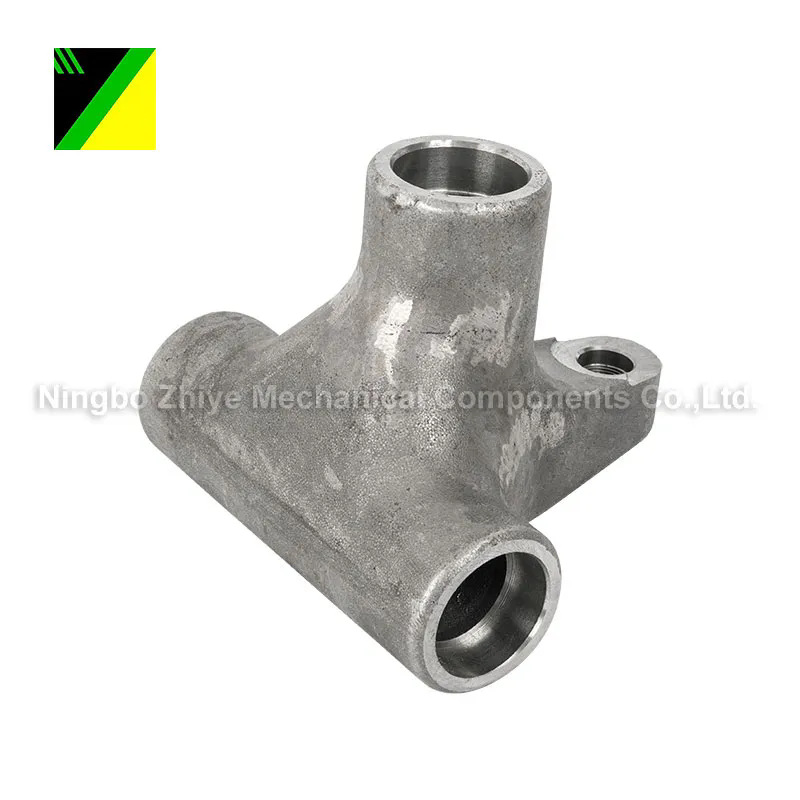
- English
- Español
- Português
- русский
- Français
- 日本語
- Deutsch
- tiếng Việt
- Italiano
- Nederlands
- ภาษาไทย
- Polski
- 한국어
- Svenska
- magyar
- Malay
- বাংলা ভাষার
- Dansk
- Suomi
- हिन्दी
- Pilipino
- Türkçe
- Gaeilge
- العربية
- Indonesia
- Norsk
- تمل
- český
- ελληνικά
- український
- Javanese
- فارسی
- தமிழ்
- తెలుగు
- नेपाली
- Burmese
- български
- ລາວ
- Latine
- Қазақша
- Euskal
- Azərbaycan
- Slovenský jazyk
- Македонски
- Lietuvos
- Eesti Keel
- Română
- Slovenski
- मराठी
- Srpski језик
Which casting process is more economical and has the longest service life?
2024-08-02
When comparing which process is more economical and has a longer service life between lost foam casting and pressure casting (die casting), multiple factors need to be considered, including equipment investment, material cost, production efficiency, casting quality, mold life, etc. However, due to different specific conditions (such as casting material, shape, production batch, etc.), it is difficult to generalize which process is more economical or has a longer service life. Below I will analyze from several aspects:
Economy
Equipment investment:
Lost foam casting: The initial equipment investment is relatively large because a complete production line needs to be established, including foam model making, coating, vibration molding, pouring and other equipment.
Pressure casting (die casting): The cost of the die casting machine is relatively high, but once it is put into production, it has a high degree of automation and relatively high production efficiency.
Material cost:
The comparison of the two in terms of material cost depends on the specific metal materials and mold materials used. The mold materials (such as foam plastics) of lost foam casting are relatively low in cost, but may require more refractory coatings and quartz sand. The manufacturing materials of die casting molds (such as H13 hot work die steel) are more expensive, but have a long service life.
Production efficiency:
Lost foam casting: It can achieve large-scale and mass production with high production efficiency.
Pressure casting (die casting): The production efficiency is also very high, and it is easy to achieve mechanization and automation.
Casting quality:
Both can produce high-quality castings, but die castings usually have higher dimensional accuracy and surface finish. However, this does not mean that the quality of lost foam castings is low, but it depends on the specific production conditions and process control.
Service life
Mold life:
Lost foam casting: The foam plastic model will gasify and disappear after each pouring, so there is no need to consider the service life of the model. However, the life of auxiliary materials such as refractory coatings and quartz sand will affect the overall production cost.
Pressure casting (die casting): The life of the die casting mold is very critical because the mold cost is high, the production cycle is long, and it is difficult to repair. Good die casting mold materials (such as H13 hot working die steel) can have a service life of up to 150,000 to 200,000 molds, but this also depends on the design, manufacturing quality and use conditions of the mold.
Equipment life:
Whether it is lost foam casting equipment or die casting machine, its service life is affected by daily maintenance, care and use environment. Good equipment management and maintenance can extend the service life of the equipment.
Comprehensive consideration
In terms of economy, both have their own advantages. Lost foam casting is suitable for large-scale, mass-produced castings of complex shapes, while die casting is suitable for the production of high-quality, high-precision castings.
In terms of service life, the service life of die-casting molds is relatively long, but it also requires higher initial investment and maintenance costs. Lost foam casting avoids the problem of mold wear by constantly replacing the foam plastic model.
Therefore, which casting process is more economical and has a longer service life depends on the specific application scenario and needs. When choosing a casting process, it is necessary to comprehensively consider multiple factors such as production conditions, casting requirements, production costs and economic benefits.




